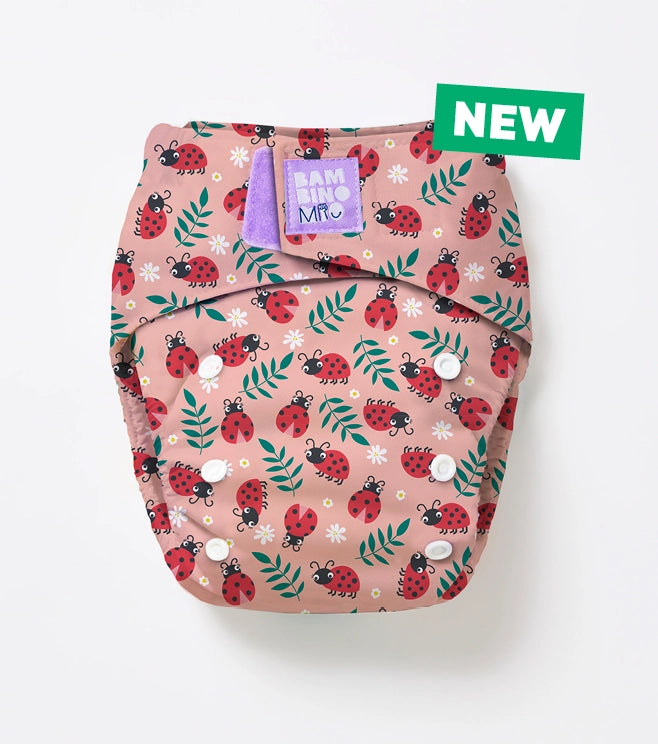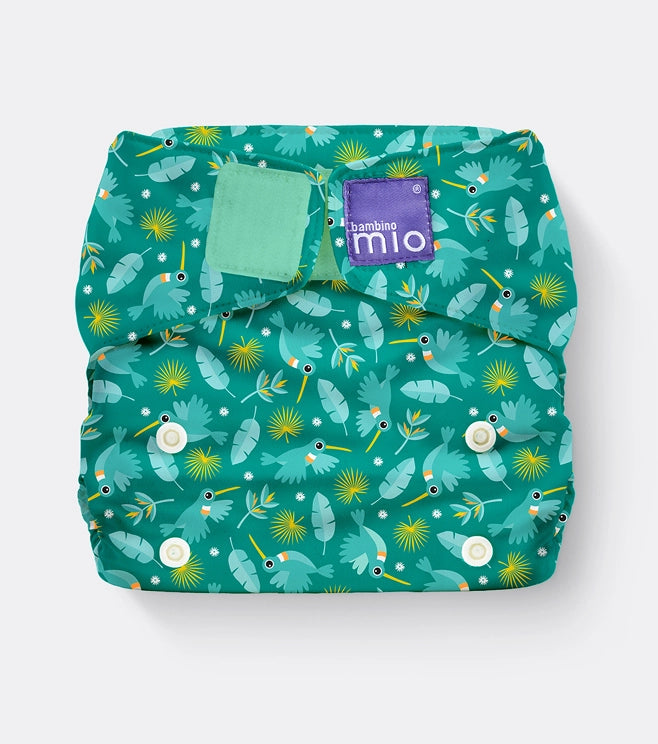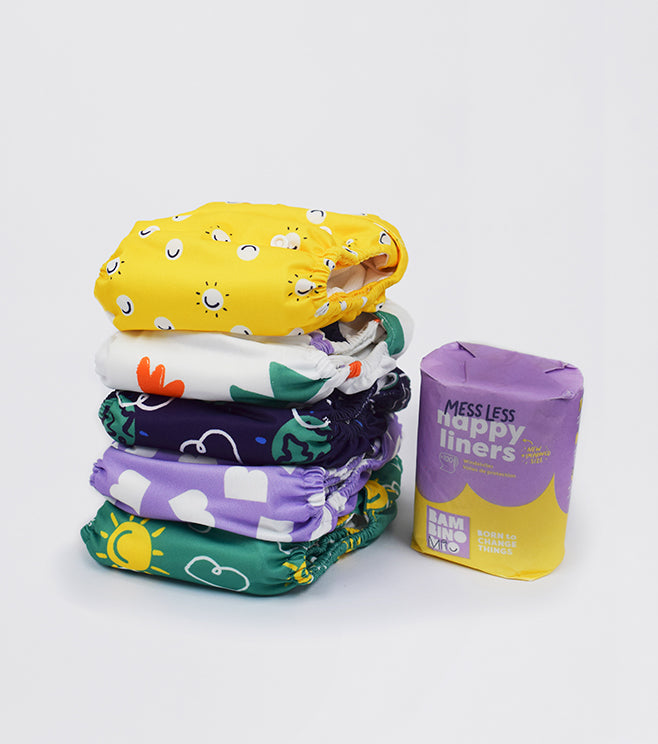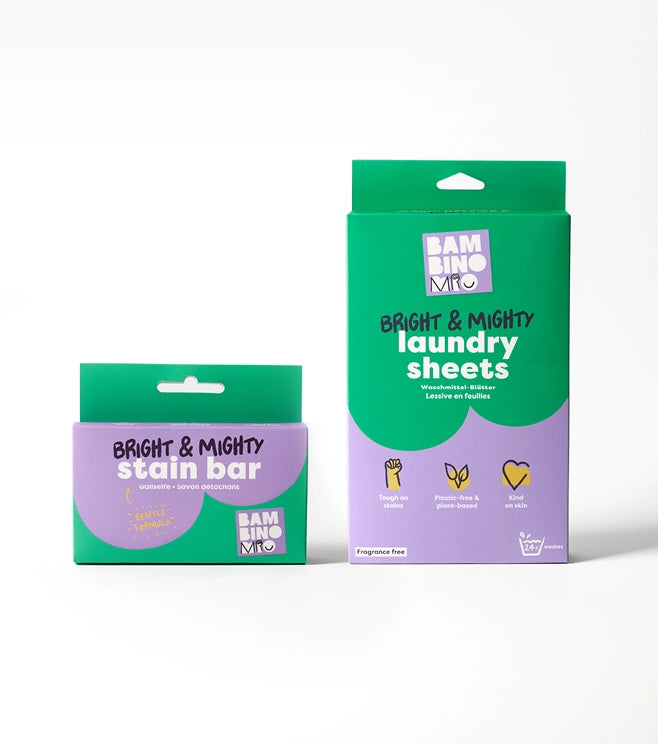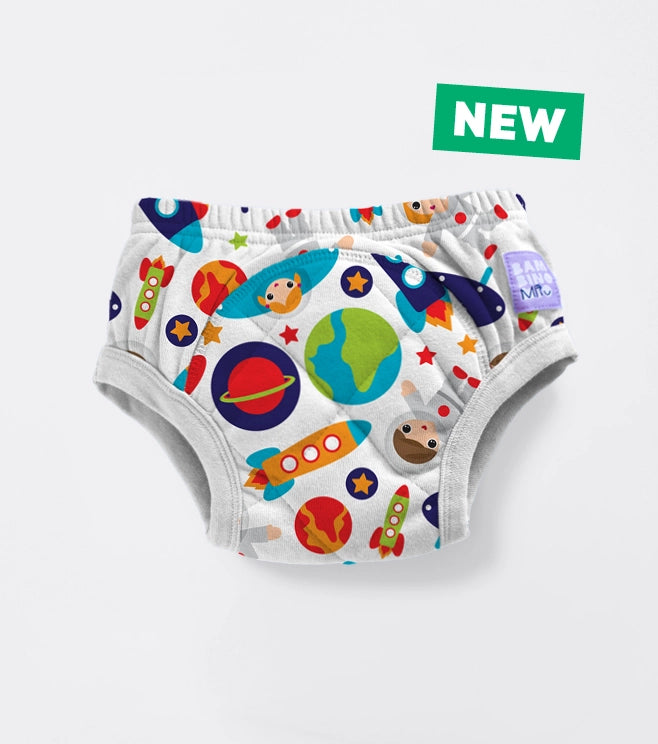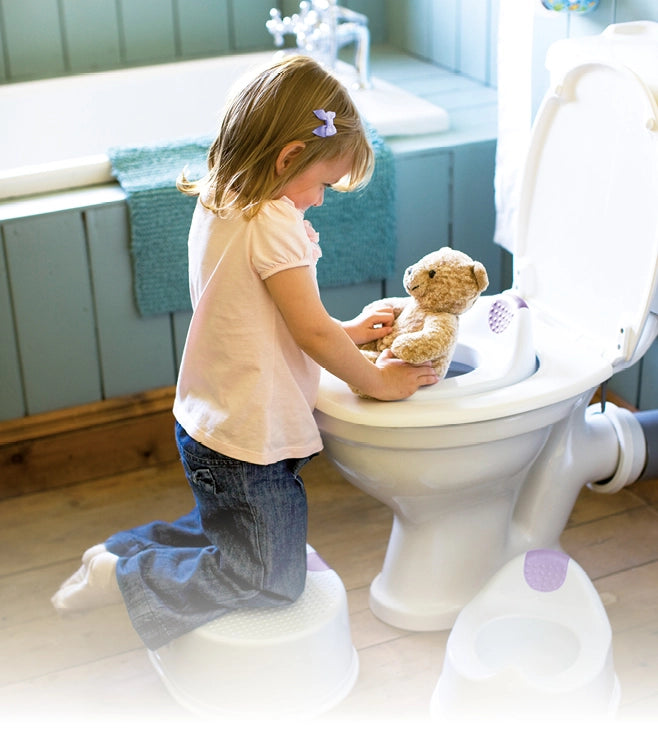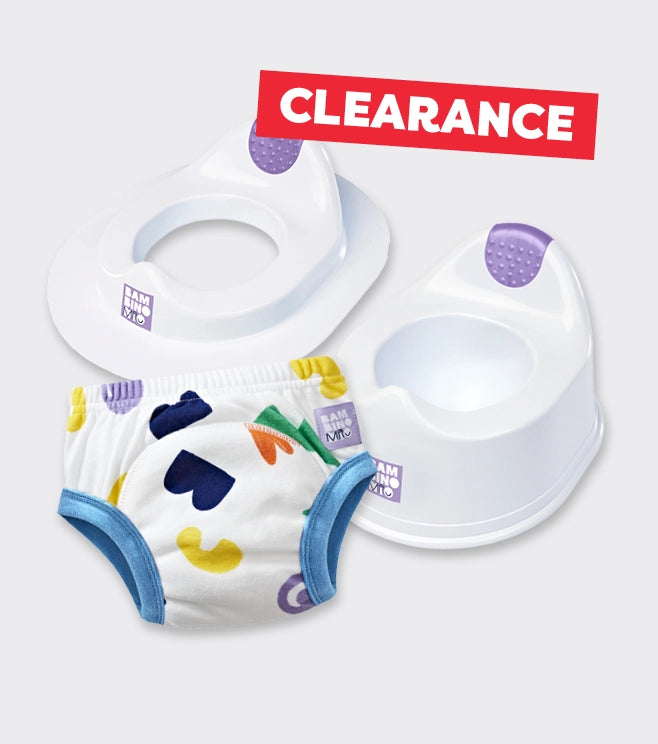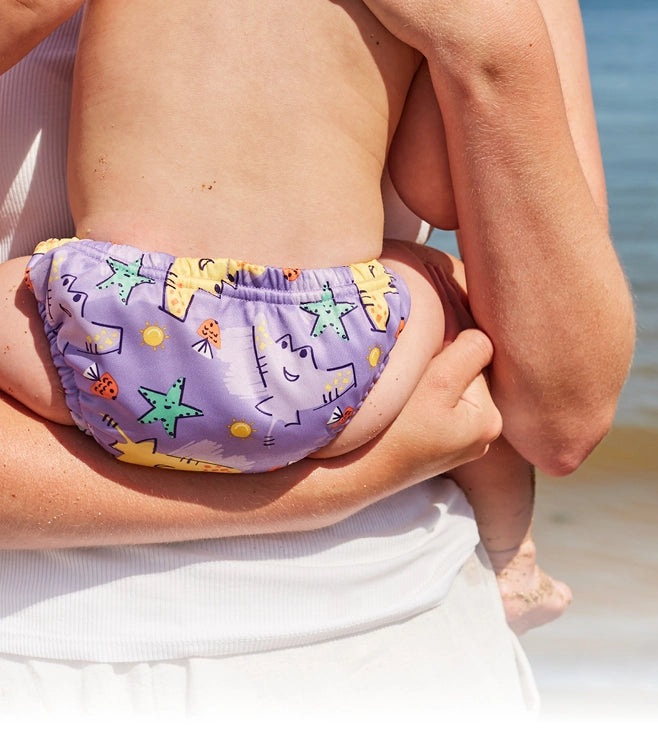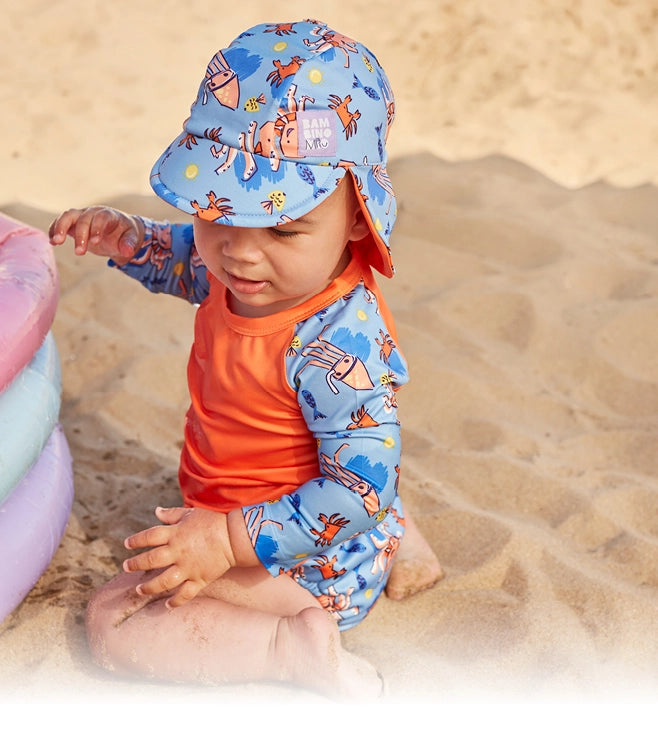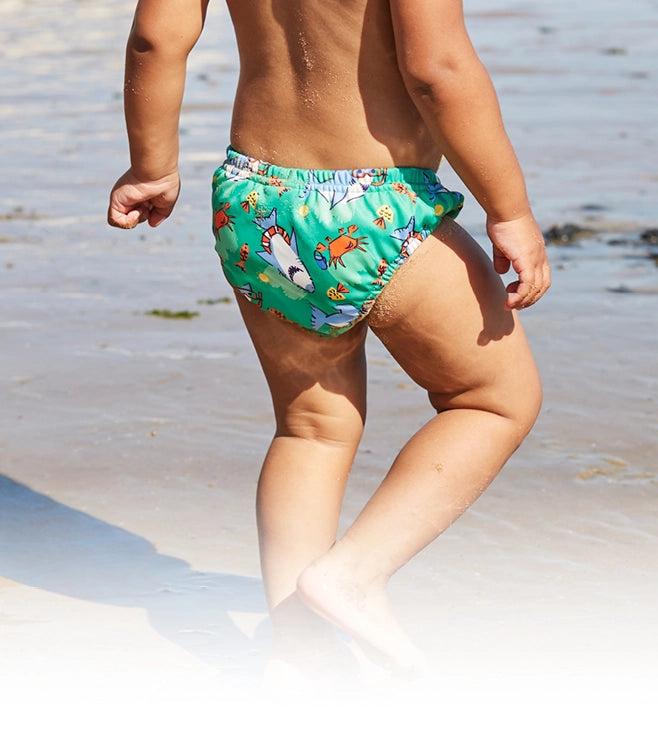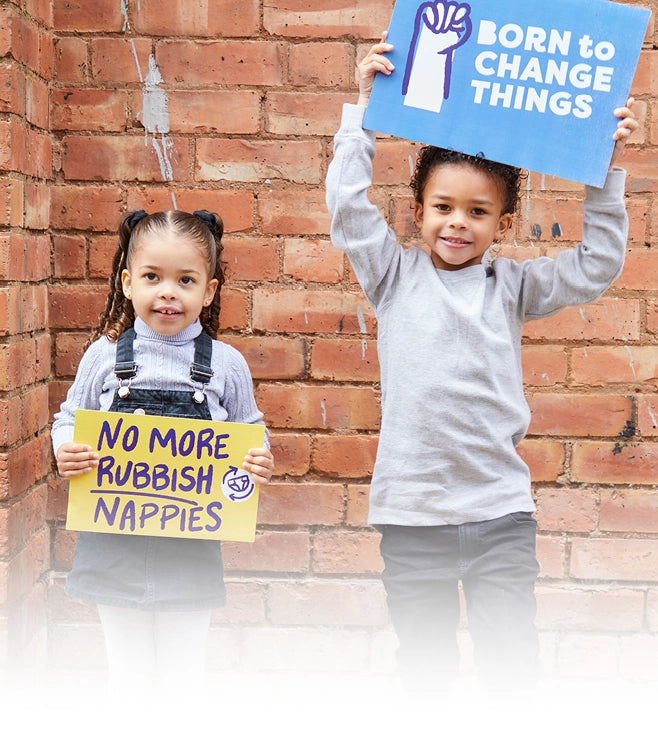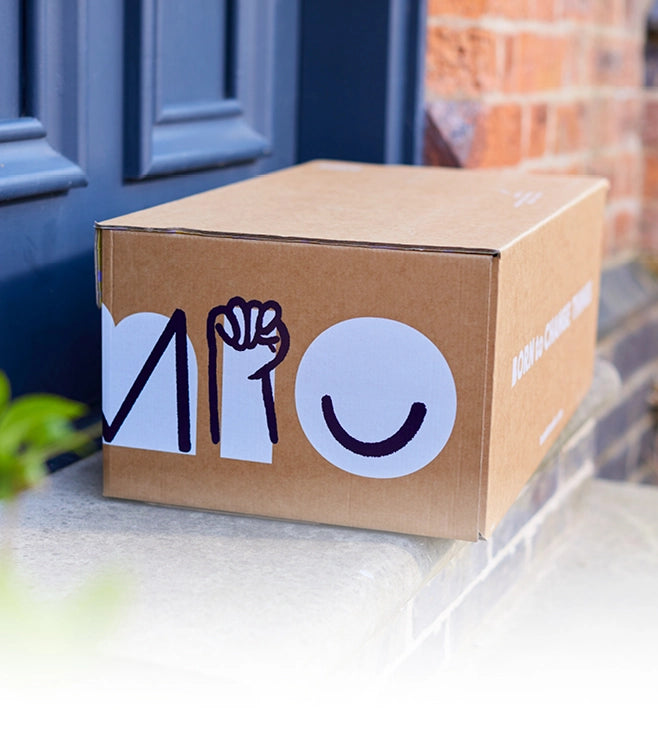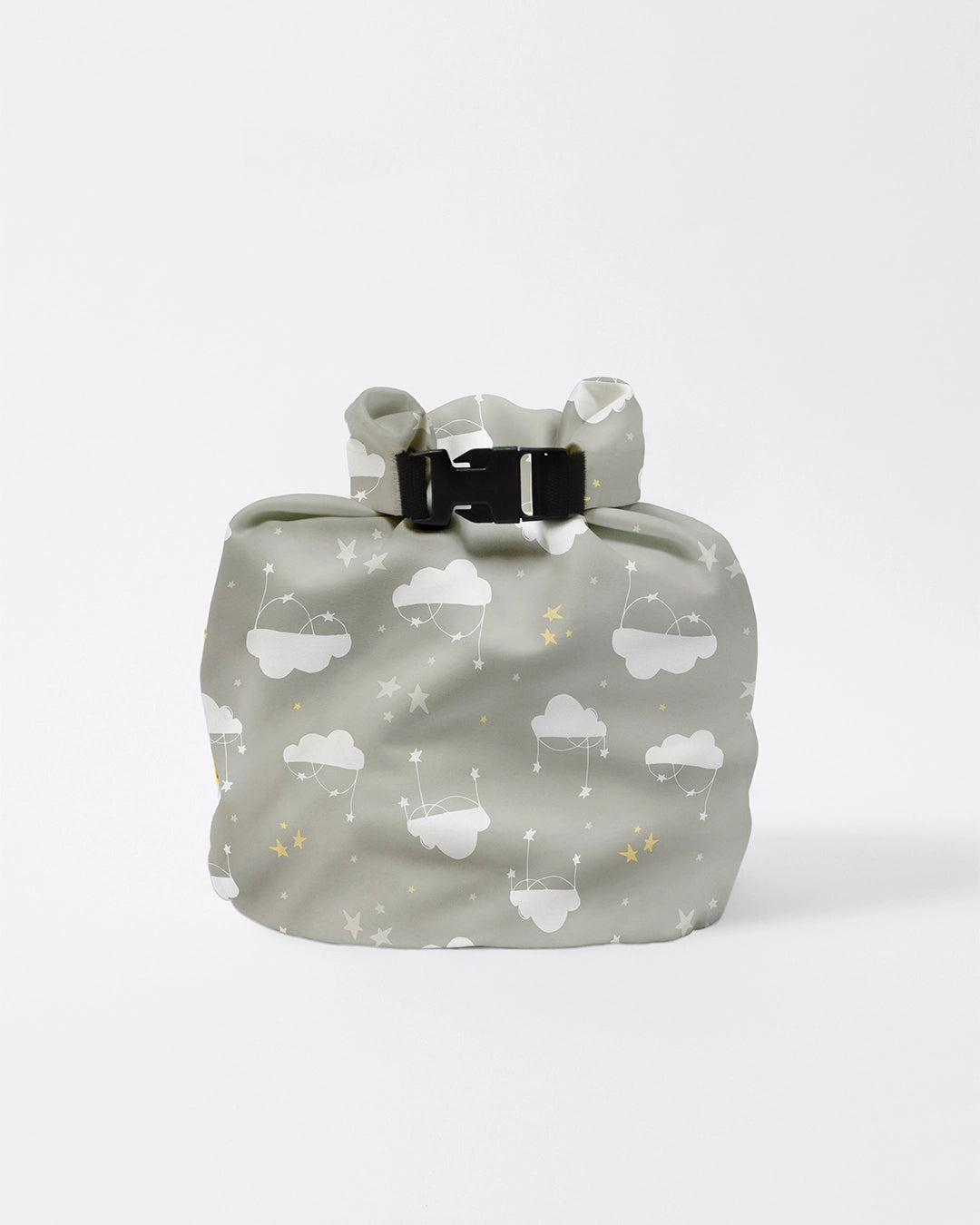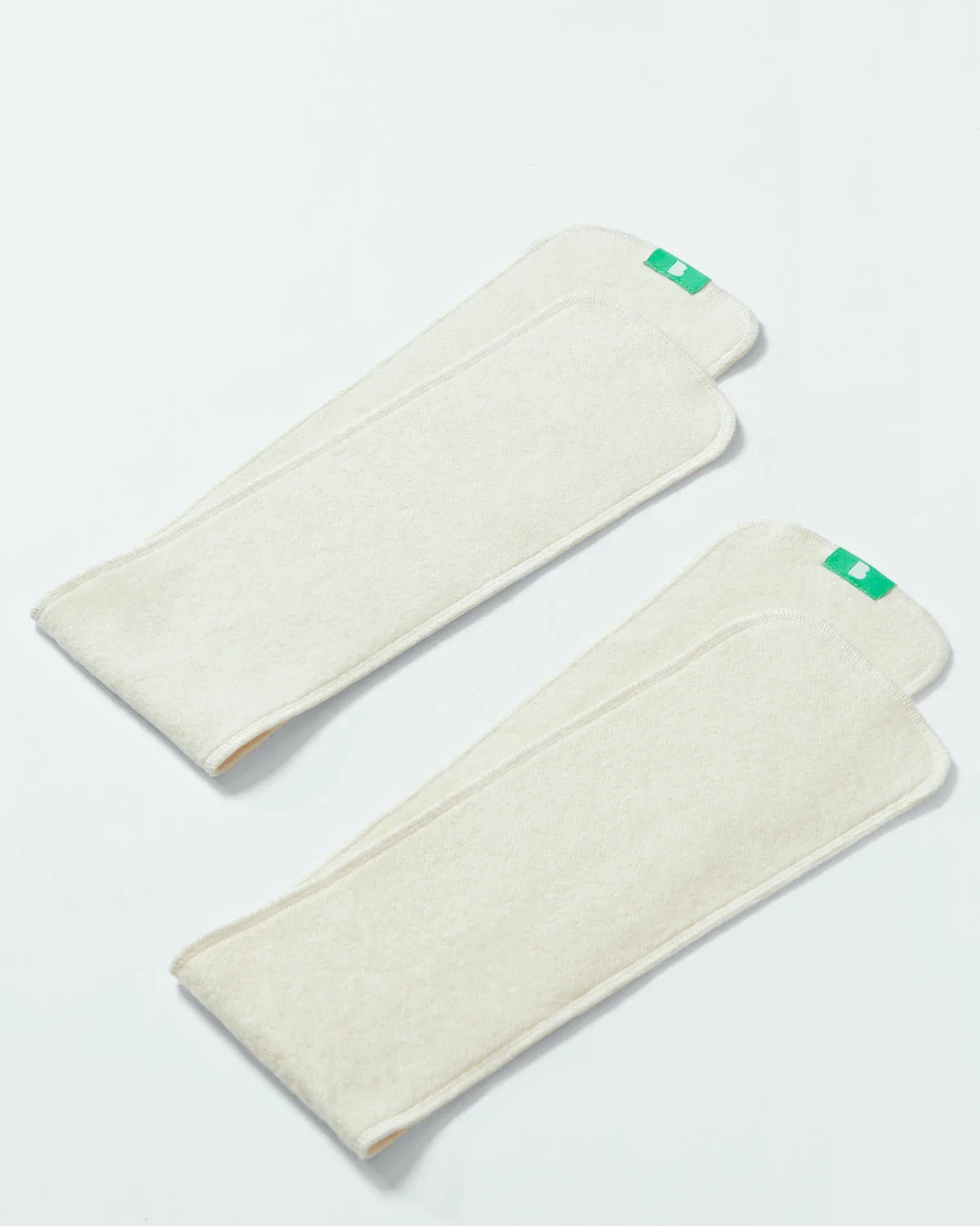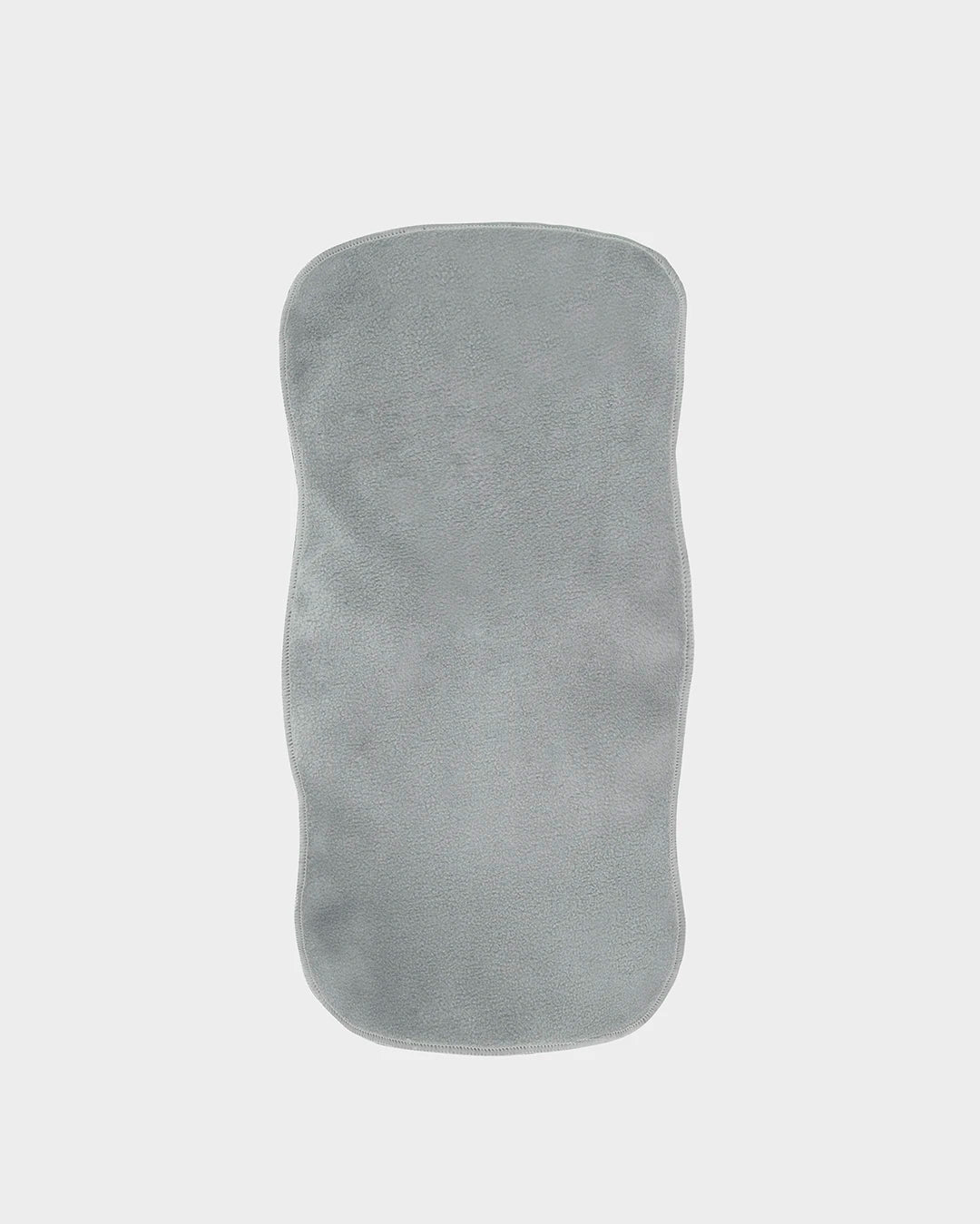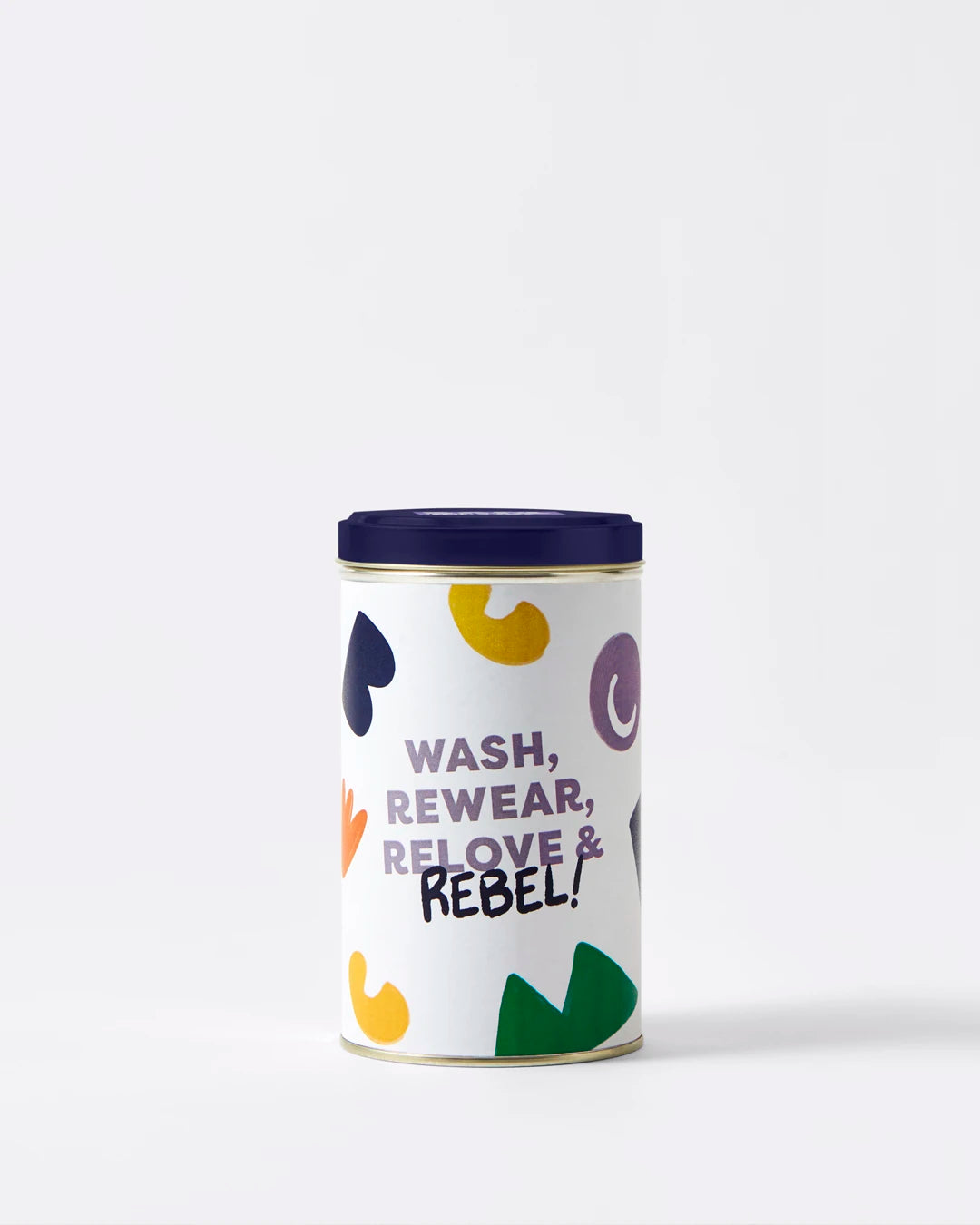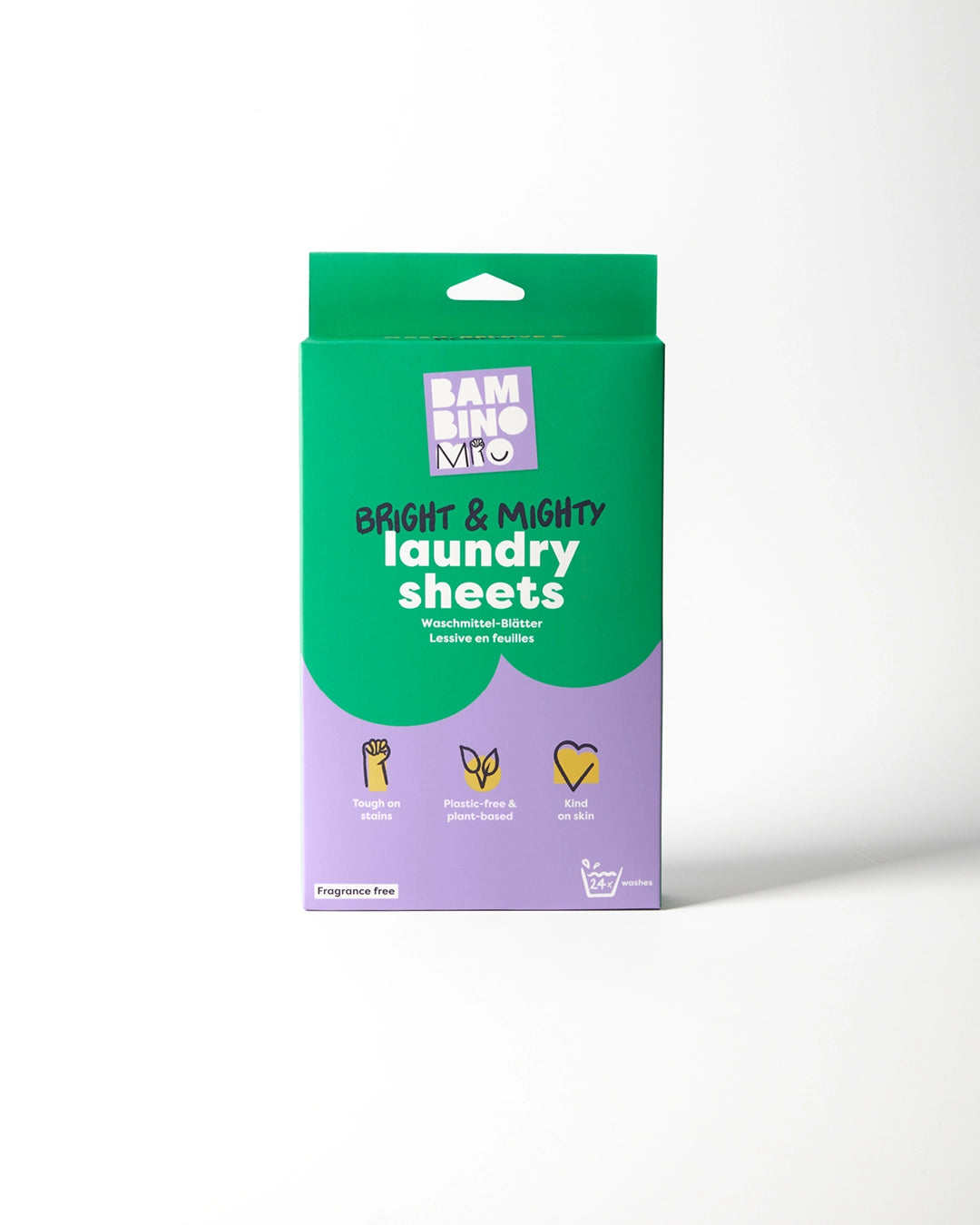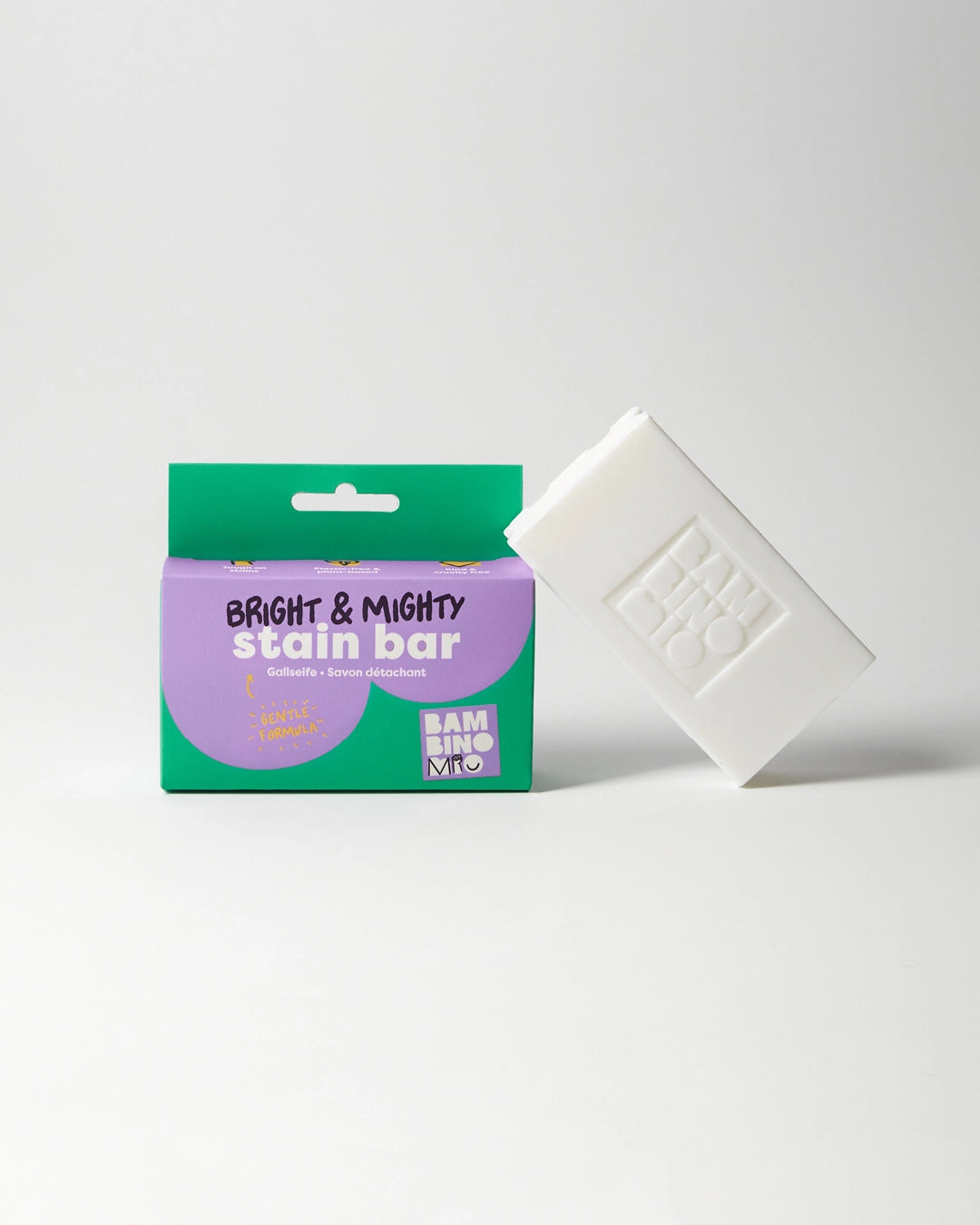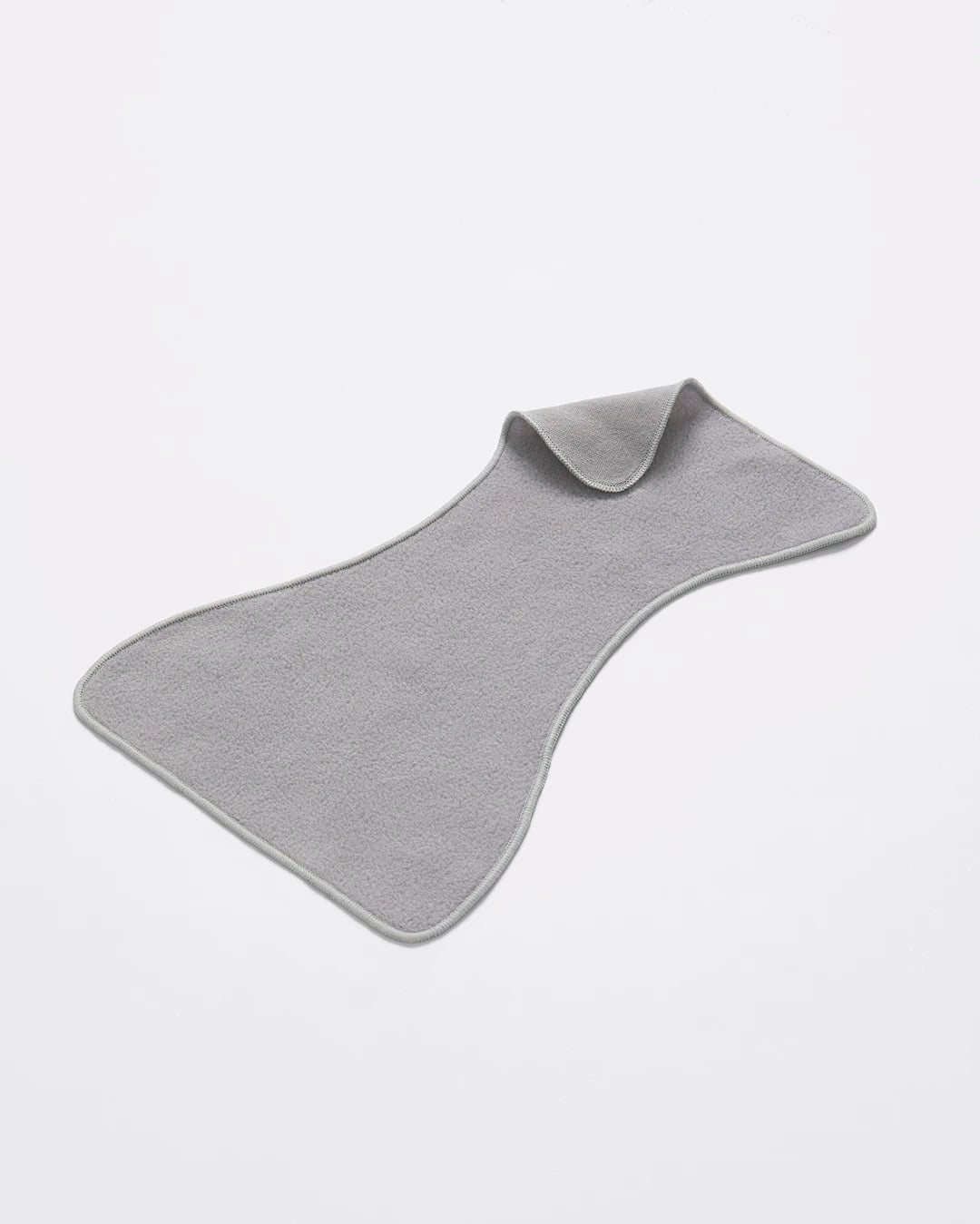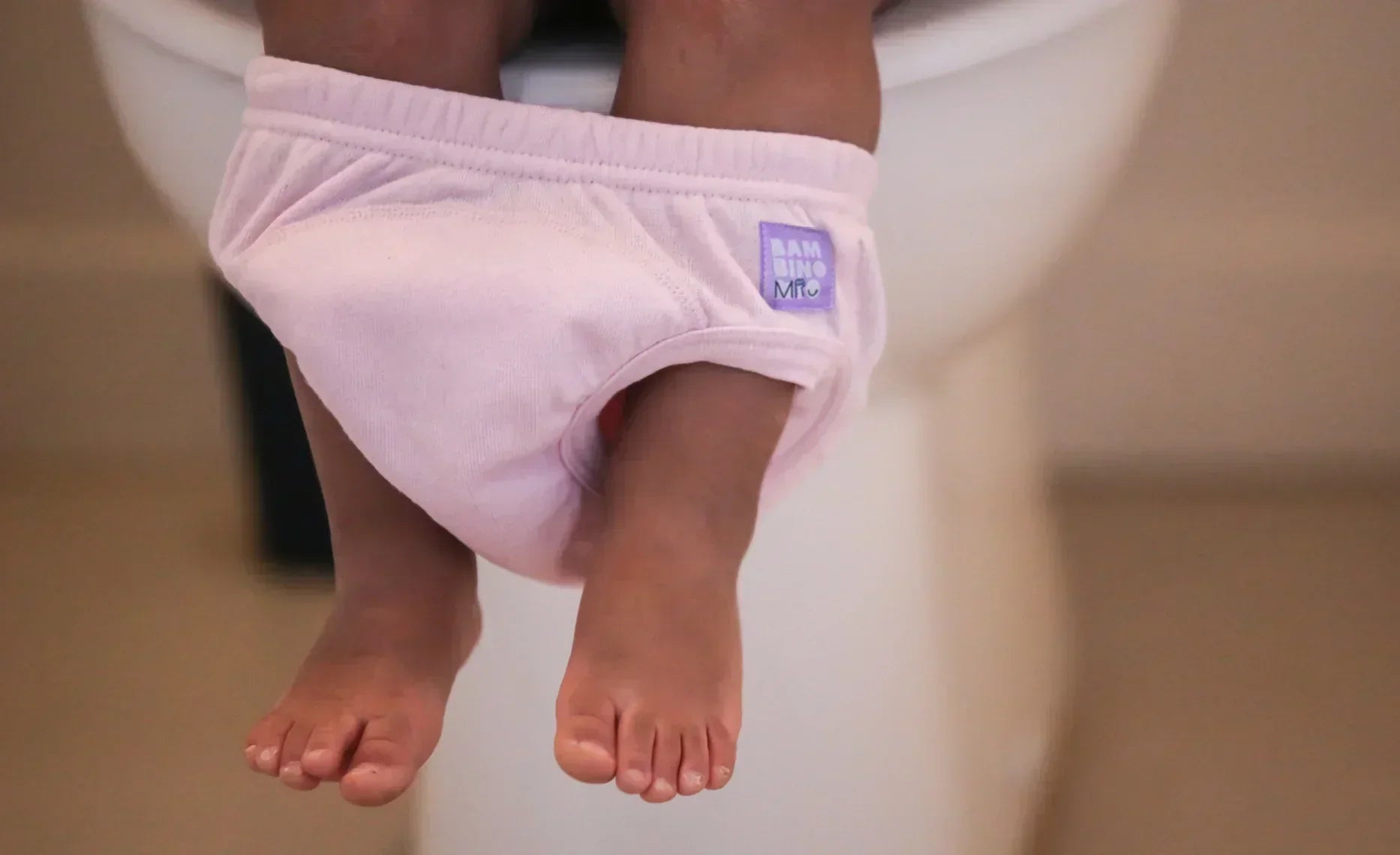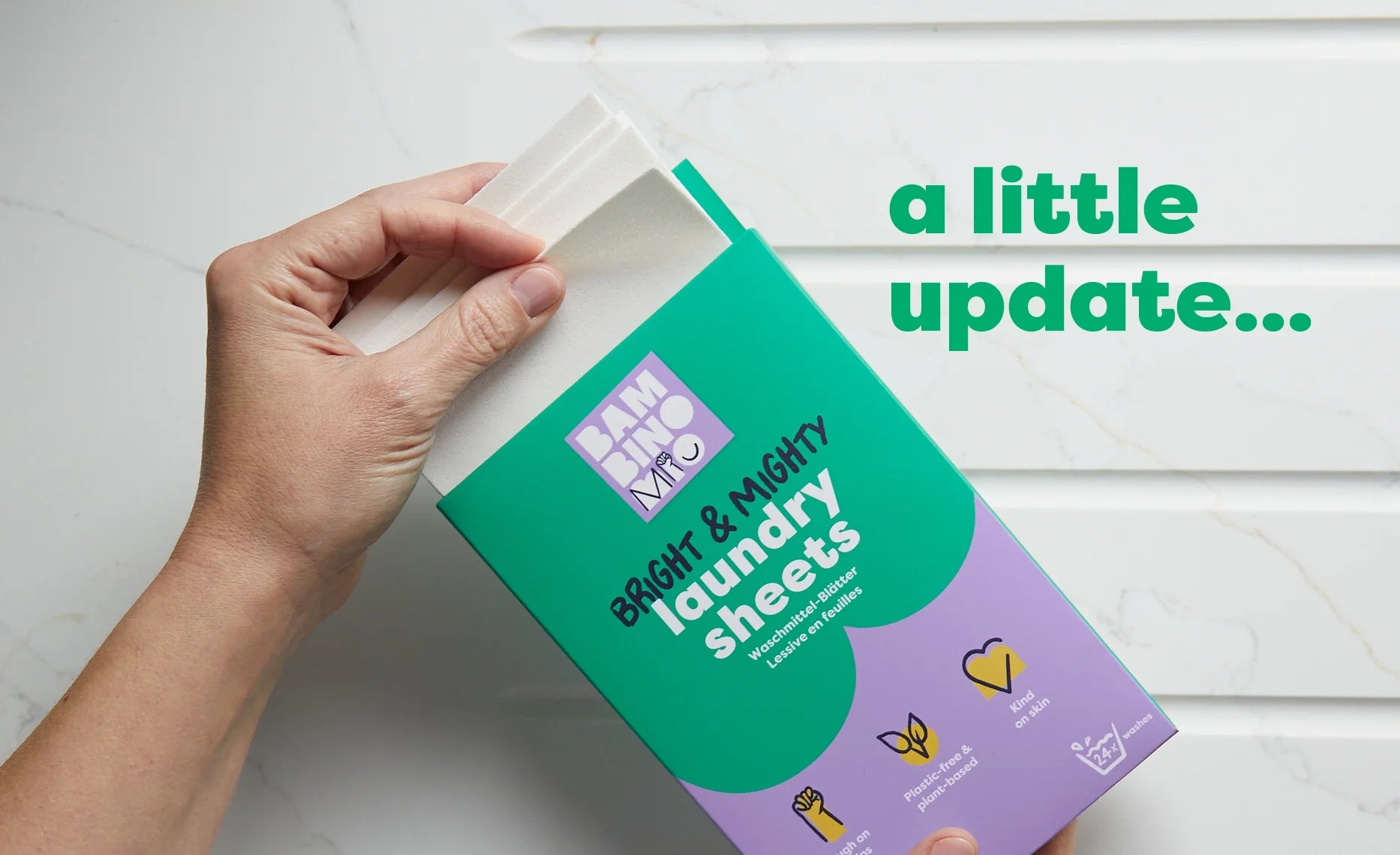Baby Acne: What You Need to Know
Share Options
- Bambino Mio
- 12 / 09 / 2023
Inside this Article:
Baby acne is a very common rash which can affect newborn babies. Despite also being known as erythema toxicum neonatorum (ETN), it’s harmless and almost always clears up without any treatment.
If your newborn has baby acne, here’s what you need to know about the condition and what you should do about ETN.
What is baby acne?
Erythema toxicum neonatorum sounds scary, but when you break down the term you’ll see it’s not a cause for concern.
Erythema is the medical term for redness of the skin and neonatorum refers to the neonatal period, which is between birth and 28 days of age.
The toxicum part is a leftover from the studies of Dr. Karl Leiner (1), who, back in 1912, believed the rash was the result of enterotoxins (2). We now know this isn’t the case, but the name has stuck.
In short, erythema toxicum neonatorum is a (not actually toxic) red rash which affects some newborns, also known as baby acne.
What causes baby acne?
Although we know it’s not caused by toxins, we don’t actually know the cause. Some theories suggest it's caused by the baby’s immune system getting to grips with the outside world (3). ETN isn’t an allergic reaction and it’s also unrelated to bottle or breastfeeding.
How common is baby acne?
Very common indeed. More than 50% of newborn babies develop ETN (4) and it seems to affect full-term babies (babies born between 37 weeks and 40 weeks of pregnancy more than prematurely-born babies.
What does baby acne look like?
ETN usually looks like red papules or raised blotches, sometimes with clear fluid or pus inside, although they won’t cause your baby any distress or discomfort. They usually occur on the baby’s face and body, but might crop up occasionally on their arms and legs.
These spots usually vary in size and number and they blanch - or turn pale - when you apply gentle pressure to them. You might find that, unlike “regular” acne, these ETN spots can appear and disappear within hours.
If you have any concerns about a rash on your baby’s face or body, or if they’re also unwell, lethargic or have a fever, you should seek medical advice immediately as some rashes are a sign of a serious problem.
Is there a test for baby acne?
There isn’t a test for baby acne and your midwife or health visitor will be able to recognise and diagnose it. If there’s any doubt about the nature of the rash then your baby might need further tests or monitoring, especially if there’s other symptoms.
How do you treat baby acne?
You almost certainly won't need to treat baby acne as it clears up within a few days or weeks by itself. The best thing you can do for baby acne is to ignore it, as applying creams or lotions might just irritate your newborn’s delicate skin. Similarly, there’s no need to use special cleaners or detergents on your baby’s skin, as plain water will work really well.
It’s important not to pick or scratch any of the pustules, as this can lead to infection and scarring.
How long does erythema toxicum neonatorum last for?
In most cases, baby acne clears up within a few days, although a few babies might have it for up to two weeks or so. Even more rarely, the ETN might reappear for a short while within the first six weeks of life, but if this happens, it’s usually milder.
Are there any lasting effects from baby acne?
There are no lasting effects from baby acne. The rash simply disappears and doesn’t leave any scarring.
Citations and References
- National Institutes of Health (NIH). National Library of Medicine. PubMed. ‘Erythema Toxicum.’ 2023. Web. pubmed.ncbi.nlm.nih.gov/29261957
- National Institutes of Health (NIH). National Library of Medicine. MedlinePlus. ‘Enterotoxin.’ 2020. Web. medlineplus.gov/ency/article/002352.htm
- Cleveland Clinic. ‘Diseases & Conditions. Erythema Toxicum Neonatorum.’ 2022. Web. my.clevelandclinic.org/health/diseases/24390-erythema-toxicum-neonatorum
- Medical News Today. ‘What to Know About Erythema Toxicum Neonatorum.’ 2022. Web. www.medicalnewstoday.com/articles/erythema-toxicum-neonatorum#pictures


